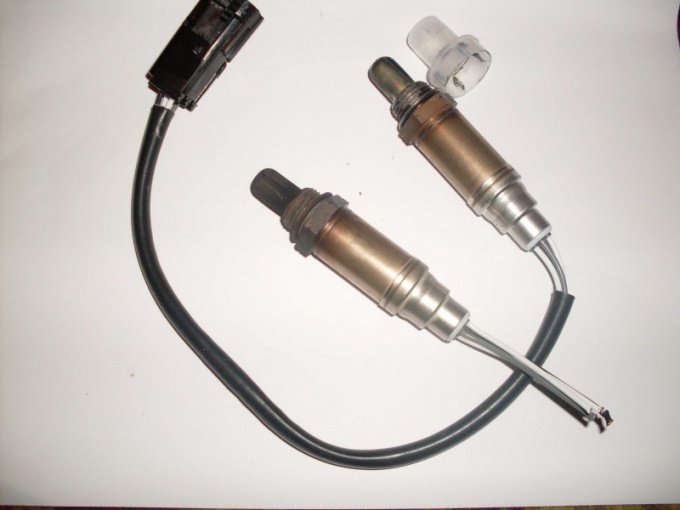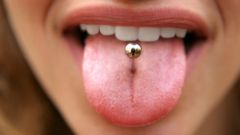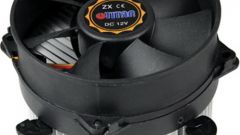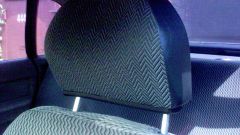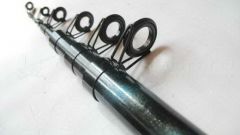You will need
- - the wrench;
- - drill with a thin drill bits;
- - screwdriver, hammer;
- - liquid WD 40
Instruction
1
Before removing the lambda sensor, disconnect the negative cable from the corresponding terminal of the battery. Disconnect the connector wires extending from the sensor. Disconnect the fasteners of the transaction. Then the key 22 or 24 try to Unscrew the probe from the exhaust manifold. If it fails, even with maximum effort, it means that the thread is stuck over the years of operation, or initially the sensor is out of alignment.
2
Liquid spray WD 40 on the visible surface of the thread of the lambda and try to Unscrew it open (the gas) is a key, or pull down. If this does not work, drill the full diameter of the probe. The material from which it is made, is of high strength, so be prepared for the fact that when drilling will be broken a few drills. In the hole insert a flat-bladed screwdriver of adequate thickness and try to Unscrew the sensor. If necessary, tap the screwdriver or sensor with a hammer.
3
Remove the catalytic Converter or the exhaust manifold. Any way heat the installation site of the lambda and try to twist it. In case of failure repeat attempt after cooling of the metal. With this method, you heat the installation place of the probe and the thread. The rust in the threads, unlike metal, does not expand, and leads to the formation of microcracks. This allows in many cases relatively easy to Unscrew the sensor.
4
After applying extreme ways the dismantling of lambda in the thread of the fixing hole may remain remnants of the old sensor. To clean the thread take a suitable die and gently run it through the thread. Then clean from small chips and process liquid WD 40 to after installing a new sensor you could remove it without problems.
5
On some models of Japanese cars lambda probe screwed into a specialized nut that can be replaced after unscrewing the sensor. Pre-order or buy this nut. The cost is low, but the time of delivery of your order may take a couple of weeks.
